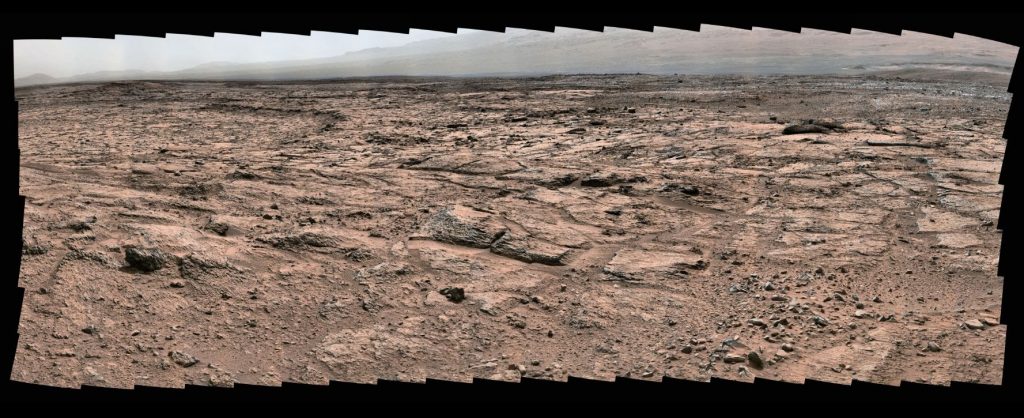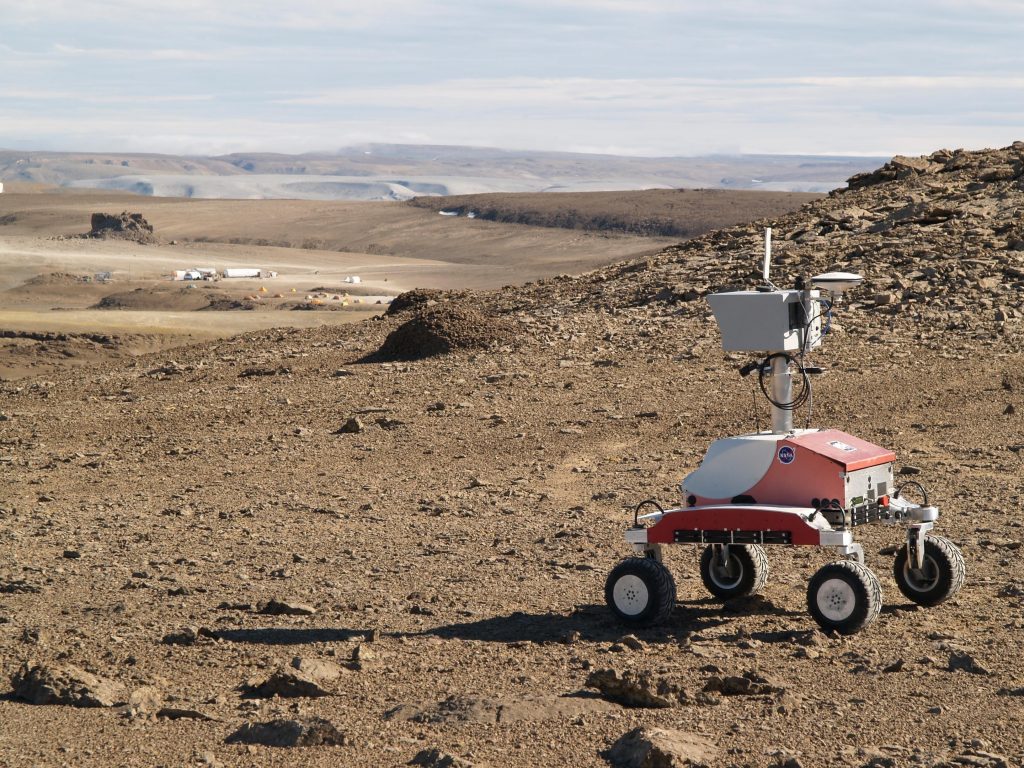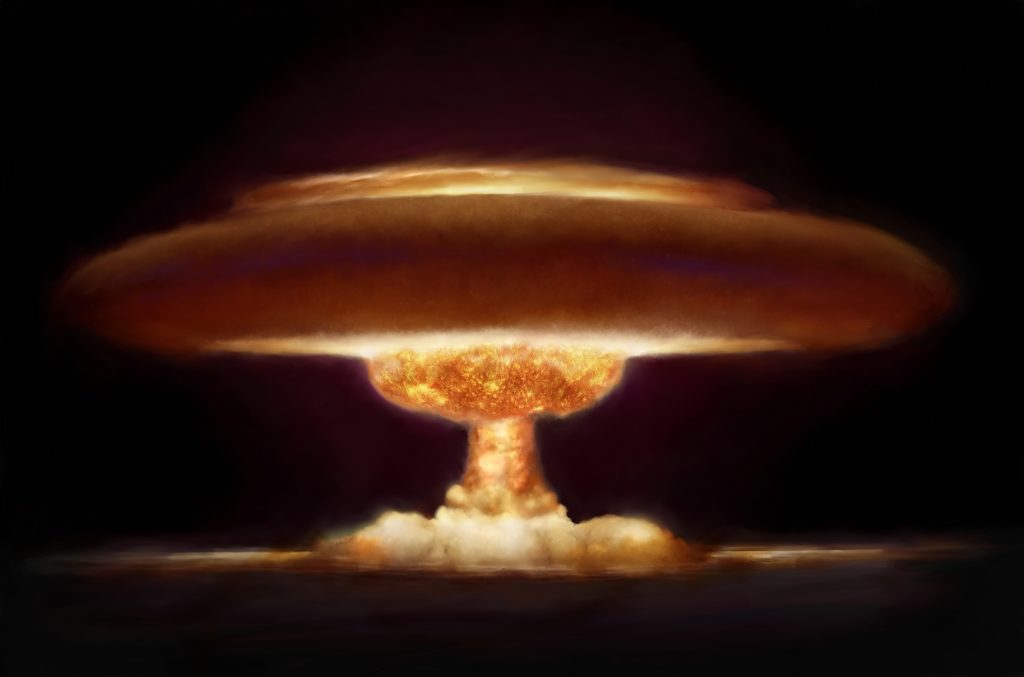Video Description
It’s not my main objective to accuse NASA of lying about the lost
civilization on Mars. My priority intention is to find out what happened on Mars – and when it did happen. The hypothesis that Mars was like Earth in former times is generally accepted – even by NASA. NASA claims that this was billion years ago.
Really? NASA makes a conjecture but there is no evidence.
Doctor Tom van Flandern’s ‘EXPLODED PLANET HYPOTHESIS’ sounds plausible – and does not imply the extinction of life on Mars or the drying up of the oceans.

© GNU Free Documentation License.
Doctor van Flandern, who died 2009, thought that Mars was a former moon of another planet that exploded and created the asteroid belt between Jupiter and Mars.
Any lethal cataclysm like large asteroids could wipe out life, destroy the atmosphere and dry up the oceans within a few weeks or even days.
But Doctor van Flandern didn’t thought of a catastrophe like “Thors Hammer” – the complete annihilation of every life.
We make use of telescopes since the 16th century. With telescope Mars looks reddish up to pink. Details are very pale and not easy to recognize. So nobody really knows when Mars lost rivers, lakes and oceans. And nobody knows the reason why.

Keep this in mind when you look at the next images.
The first image shows an only too well known scenery.
A city was attacked with conventional weaponry like cruise missiles or airborne bombs. A quick glance reveals that these are ruins of a civilization. It’s easy to identify walls, concrete pillars, iron or steel rods, or even some pieces of furniture.
But how are things with this image?
This is Hiroshima after the nuclear bomb. The houses and buildings in the foreground are blown away but you can still identify their positions – there are supply points for gas and water and connections to the sewer system.
Before you look at the next image, which shows a landscape on Mars,
you should be aware of the fact that modern H-Bombs are 10 to 100
times more effective than the ancient nuclear bomb of Hiroshima.
If there was a nuclear war on Mars – what I’m convinced of – it’s more
likely that Martians used H-bombs instead of the older types.
And that would also be the case if the Martians had been attacked by
an alien race. So the remains are likely smaller than in Hiroshima or Nagasaki. Nevertheless you can find artefacts and ruins – if you have a closer look.

I chose an older Giga-Pan of Neville Thompson who is one of the best image specialists. Neville stitched up Curiosity’s series of images (MSL 107-109) into a large photo – which NASA didn’t do.
At first sight it looks like a boring landscape with natural rocks of no interest. But with a closer look, when you magnify the details, you will find lots of artefacts. Metal scrap. Supply pipes. Broken, ornamented pillars. The buildings were razed to the ground but you can still find pieces of the foundations.

With all this, you must consider that there are two possibilities: The rover Curiosity is on Mars or on Earth, perhaps on Devon Island, the NASA training area in Alaska. But unlike the Apollo Mission – why should they fake a mission they could comply with? To snatch a few extra billion dollars for black ops?
Sure. It is possible to fake it all: fake a landscape on Mars with artefacts of a lost civilization they scarcely try to hide, knowing that there are millions of viewers who watch the rover, examine everything and especially check the plausibility of its path. But what for?
To convince some alu-hats that NASA wants to hide a lost civilization – which proofs that the Rover must be on Mars? Seriously?

I’m convinced the rover is on Mars. NASA don’t want to admit that there was a Martian civilization because there are not sure if some Martians survived the obvious nuclear war. This question is the real mission of ‘Curiosity’. And that is what NASA and all intel services are afraid of: to admit that there is still a species with high technology on Mars, capable of destroying a whole planet with nuclear weapons they still own.